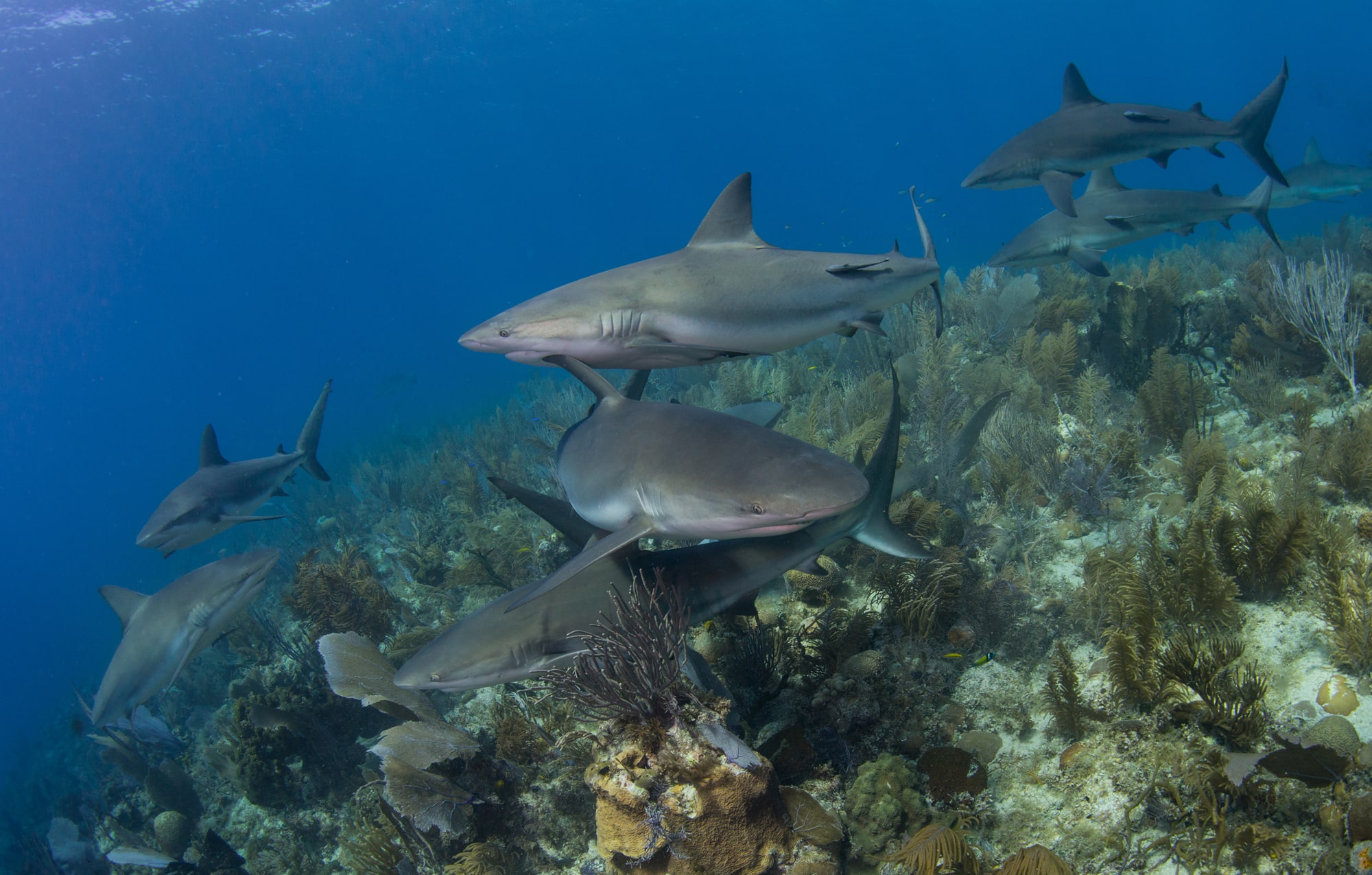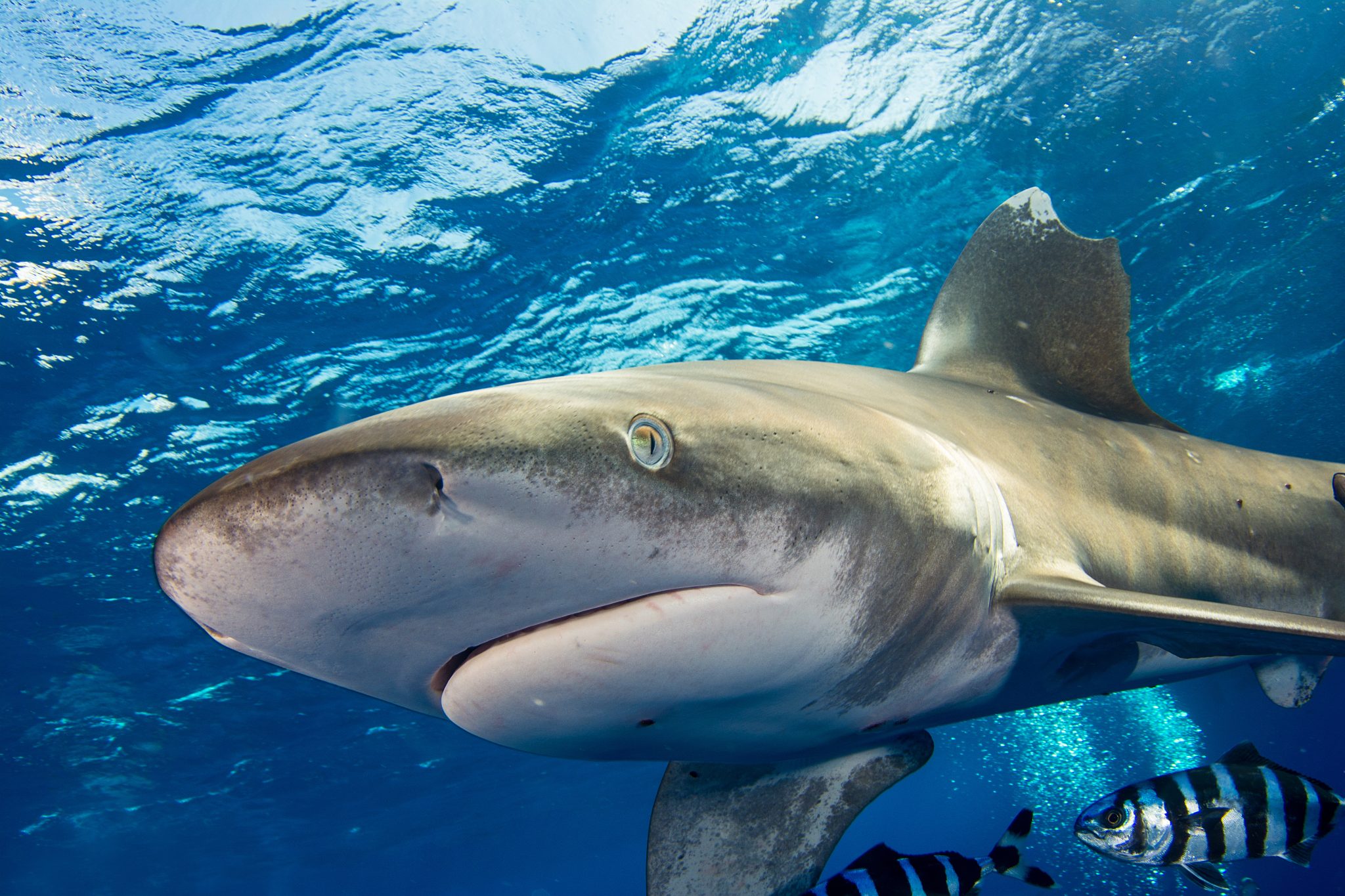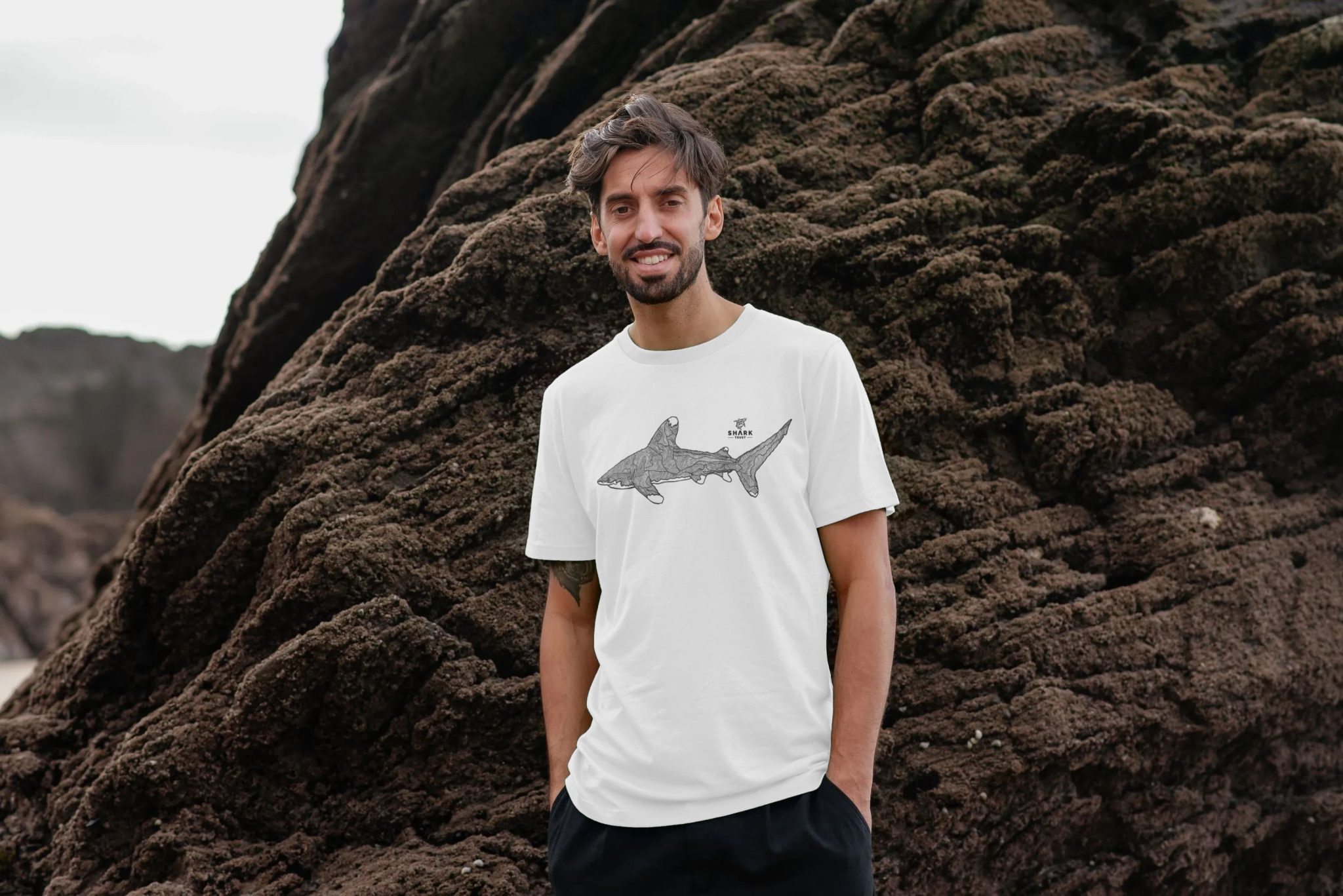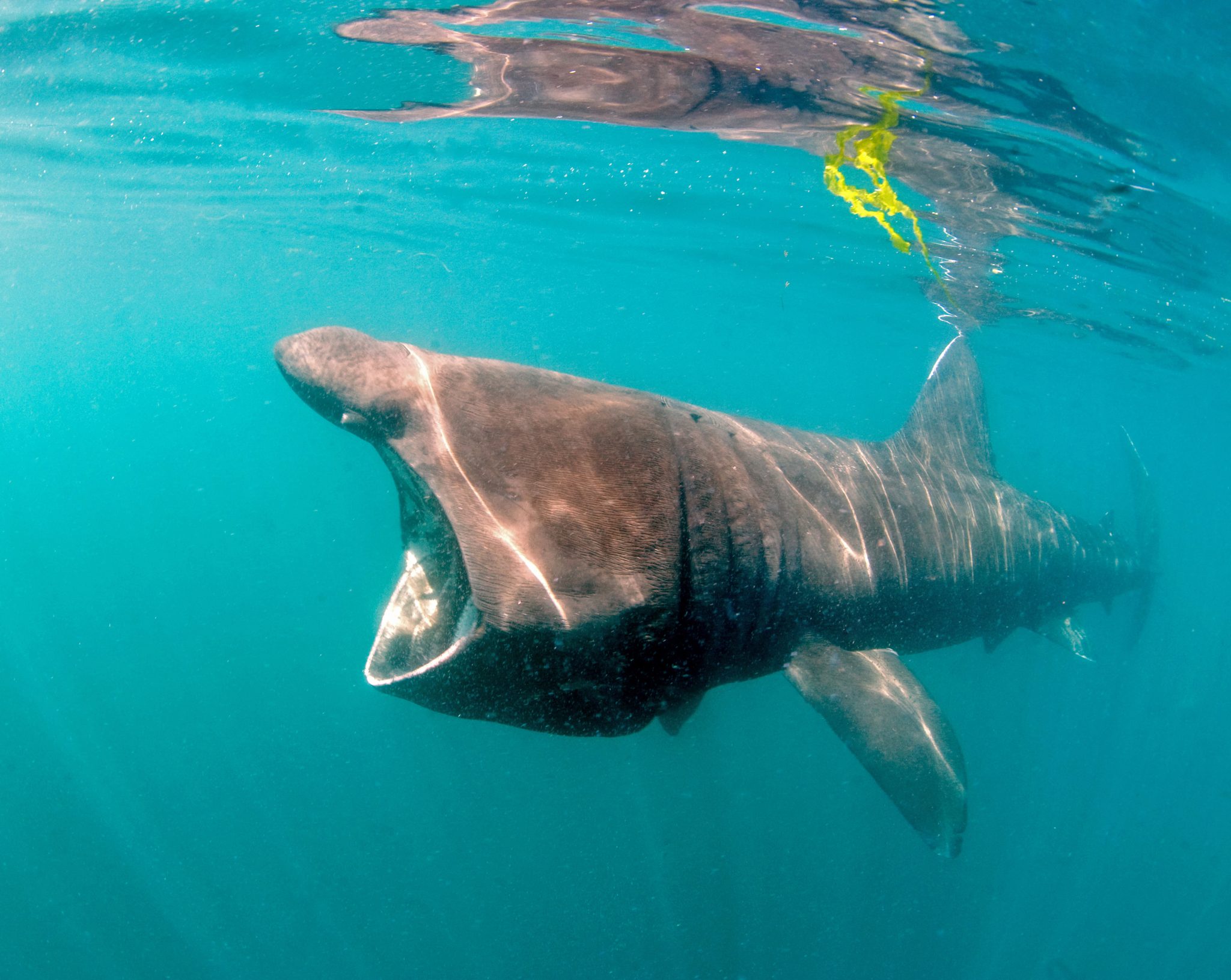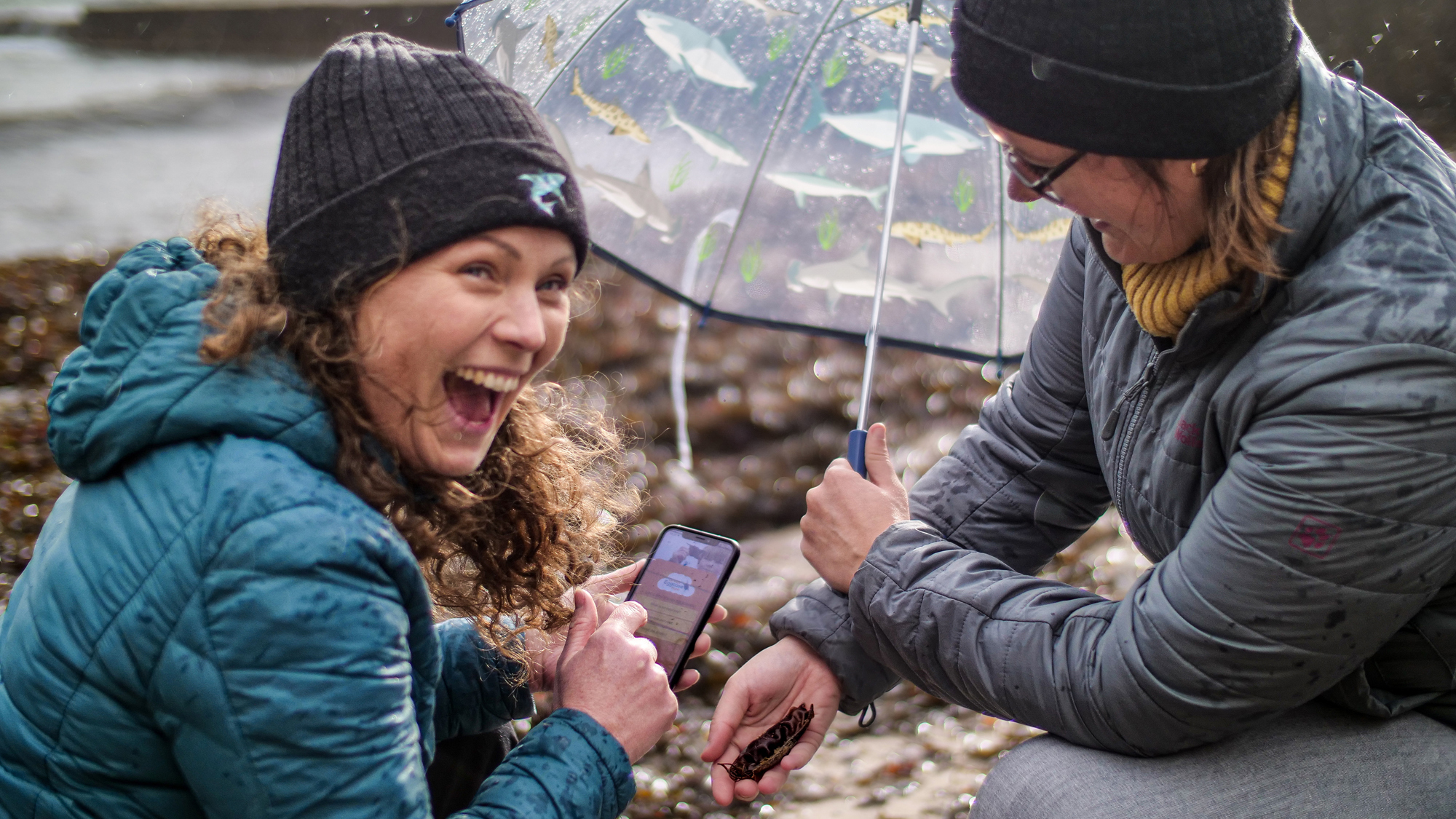Marine Life & Conservation
Pierre-Yves Cousteau’s Galapagos: Final Dives
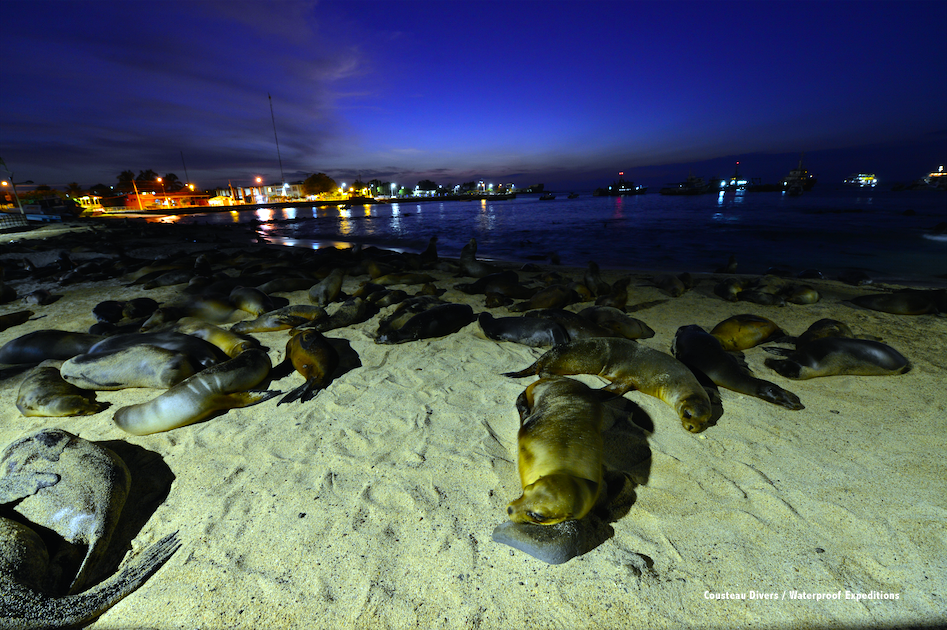
Read Part 2 of Pierre-Yves’ Galapagos blog here.
One week in San Cristobal followed by a second diving expedition. Nothing scheduled but sunsets the first week. The waterfront of San Cristobal is forever bathed in the pungent smell of sea lion body odour. The Loberia and Punta Carola offer beautiful waves and vast spaces of peaceful wilderness. With nothing else to do, I decide to investigate further the establishment of the new marine sanctuary of Wolf and Darwin and its impact on the local population.

I make my way to the Loberia, a beautiful rocky coast with beaches and powerful waves, to watch the sunset. I take a taxi to go there and back and ask the cab driver about the new sanctuary. He says many families on San Cristobal are fishermen, and that some of them used to go to Wolf and Darwin. He says there was a fishermen’s protest in the village that very morning in town. They are claiming their right to fish in Wolf and Darwin. He says that the three representatives of the fishermen cooperatives signed the agreement to make the sanctuary without consulting with their peers. He mentions rumors of bribery.
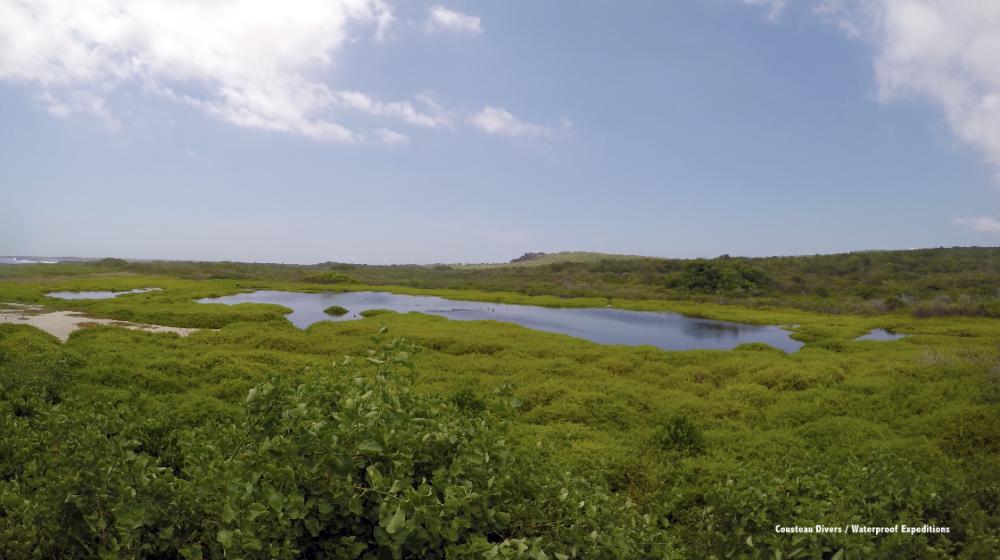
I head to the mayor’s office to get his opinion about the new sanctuary. He says the sanctuary was imposed onto the fishermen, that they were not sufficiently consulted or compensated, and that they should be considered in these kinds of decisions. Regarding tourism in general, he says he wishes the marine activities related to the sanctuary benefitted the people of the islands more than they do, implying that foreign companies capture much of that value.
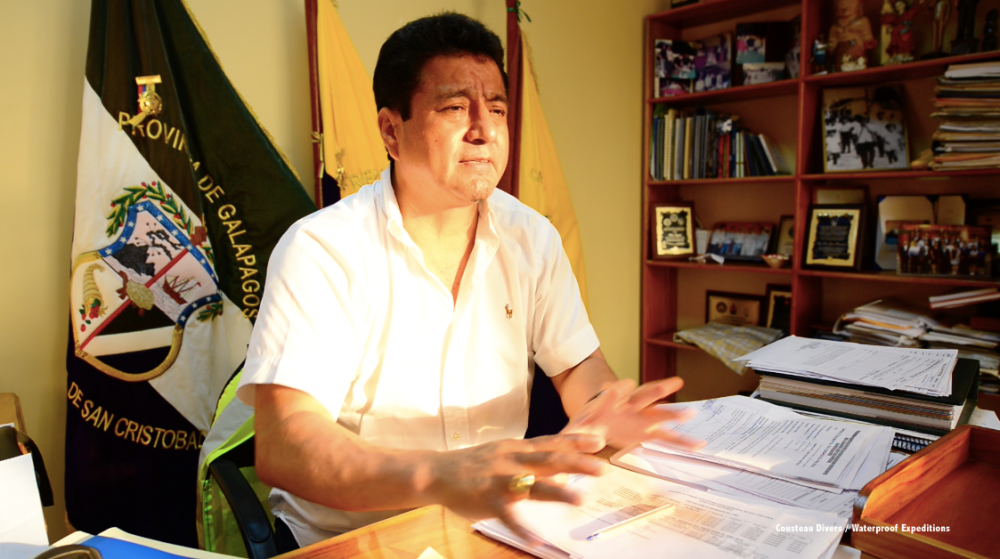
The next day I have lunch with Roberto Ochoa, a conservationist with marketing background who works with the ministry of tourism. He was part of the initiative to declare Wolf and Darwin no-take zones and joined their expedition earlier this year. According to their observations over 40 days, these two islands have the highest shark abundance in the world! He says the fishermen were not only consulted, they were also compensated for not fishing, subsidized to ease their reconversion to another professional activity. Later, a meeting with representatives of the ministry of environment of Ecuador reveals that much effort was put into building local consensus. They are shocked to hear about the protests, and say that the same people who are protesting signed the documents agreeing to the sanctuary.

Why are there two opposite stories being told? How come the fishermen were demonstrating? Did the consultation and compensation package miss out some key stakeholders? Did the news of a compensation package suddenly turn the inhabitants of the island of San Cristobal into fishermen? The week goes by and I am unable to find an answer. Enforcing the sanctuary will be as hard as it is remote and uninhabited. Raising awareness and educating the local population to the world-class value of their natural resources will be extremely important in order to foster stewardship. The presidential signature last week marked the beginning of an endless endeavor, not the landmark of an accomplishment.
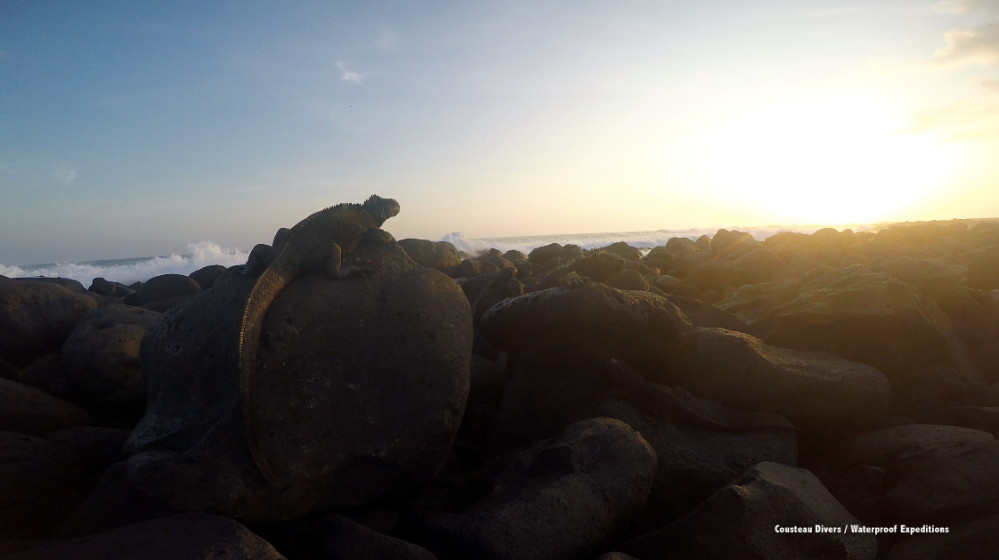
Seven sunsets later, I’ve met kind and interesting people in San Cristobal. I’ve seen sea lions crash salsa lessons and marine iguanas basking on black rocks, spitting seawater from their nostrils. I spoke to the students of San Francisco University about marine conservation issues and a small group stayed afterwards to discuss possible solutions out of the mess we’re in. Dying oceans… a collateral damage of our materialistic hypnosis. The silver bullet, if there is one, may reside in cultural and technological innovation. We also discuss bottom-up conservation and the empowerment of local communities to manage their resources, the decentralisation of environmental decision-making. It is inspiring to see an enthusiastic and energetic young generation, motivated to make the world a better place.
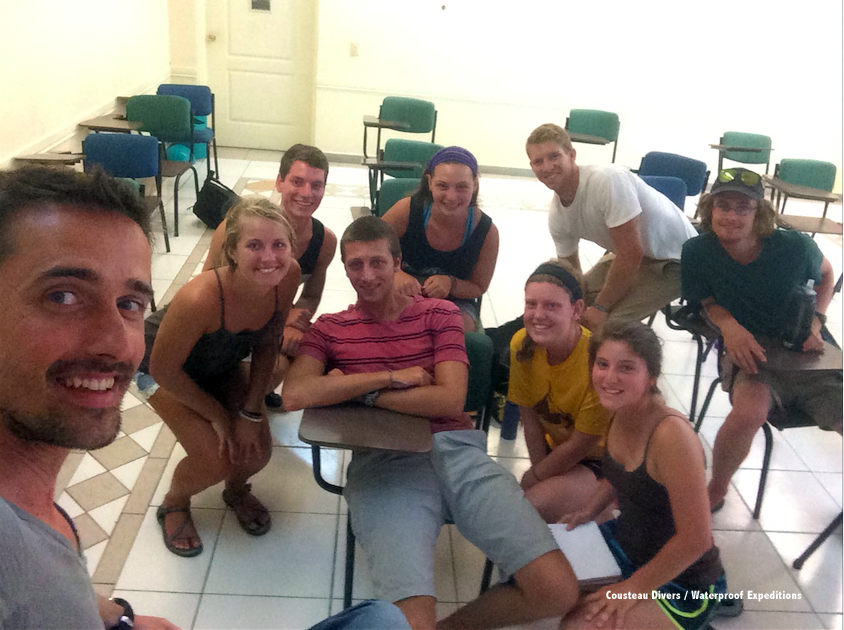
Finally, I board the Galapagos Sky again and I meet the new passengers of this second expedition. They are mostly Indians from Bombay, from a variety of professional backgrounds, but also an English mathematician and banker couple and an American physicist with his retired army friend. Discussions on board range from spirituality and shamanism to quantum physics. New questions arise from our discussions… How can behavioral change be fostered in emerging economies, based on lessons learned from western countries? How can environmental stewardship compete for brain bandwidth, using the phenomenal behavioral conditioning machinery that is advertising and marketing. One day perhaps, faced with environmental emergency, mankind will use the powerful tools that created the problem to steer the ship.

A few days later, we are diving again, in what I now feel is the richest, most extraordinary dive site in the world. Every instant of each dive in the Galapagos Islands, my attention is captured by some agitation of their untamed ecosystem. Everywhere around me, life is lush and surprising.

Near the island of Fernandina, the sea’s surface is littered with scavenging marine iguanas, breathing turtles and sunbathing sea lions. I befriend a puffer fish that follows me during a whole dive. A whale exhales in the distance.

In Isabella, sea lions follow in my blind spot to use the video lights to hunt. One of them photo-bombs a test-shot: I did not see it for the whole dive, but discover it in one of my pictures… In Bartolome, I lose orientation as I enter a cloud of dozens of Mobula rays, feeling as though I am one of them.
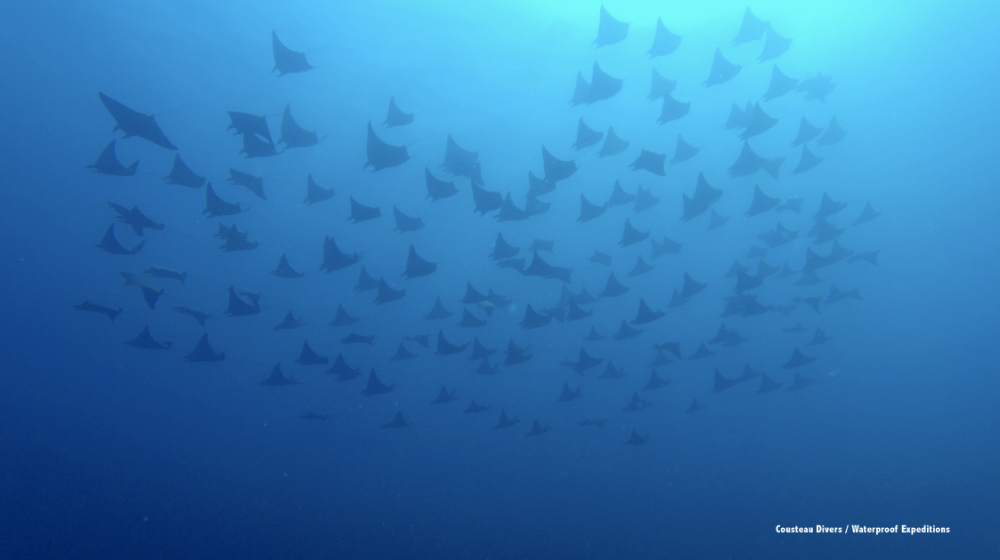
Back in Wolf and Darwin, rivers of fish flow along the rocky seascape against the current. Two white-tip sharks engage in a circular mating dance, the male biting down regularly on the female’s pectoral fins. Out of the deep blue, a group of hammerheads daringly approach me and scatter as soon as I can no longer hold my bubbles… Returning from the dives, dolphins play in the bow of our dingy.
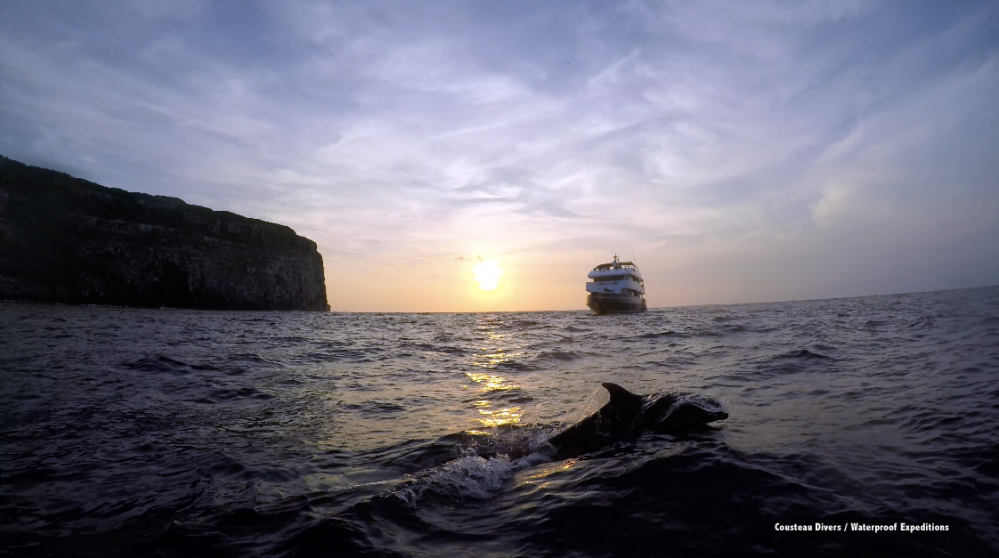
Temperatures varied greatly from site to site, from 19 to 28 degrees Celsius, and again I collected them using the Sensus Ultra and my dive computer as part of Project Hermes. The currents had greatly reduced since the last trip, and overall temperatures were a couple degrees lower. The El-Niño phenomenon seems to be receding here, just as corals begin to bleach on the other side of the planet, in Northern Australia. I leave the Sensus recording device with our guide Jeff, who agrees to using it on his dives year-round, which will provide a more comprehensive data set. This is the first of thirty locations to receive the temperature logger across the world.
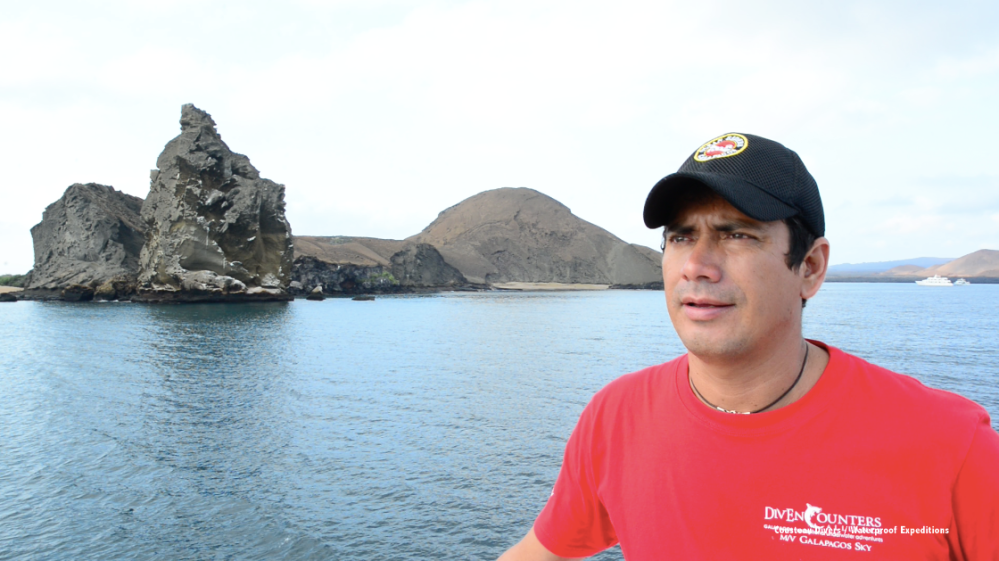
Just as I am zipping up my wetsuit and slipping into my BCD for the next dive, I spot a tiny ship approaching the Sky. Manned by two, it is a fishing craft. The captain hails them. They are perhaps the first poachers of the sanctuary, barely a week after it’s declaration. I can hardly believe the effort they have put into reaching these islands: on their minuscule vessel, they must have sailed for 3 days non-stop in the open sea to reach Wolf, the deck of their boat covered in gasoline containers. The captain tells them that they are not allowed here anymore. They reply that they know, but that their engine broke and that they drifted into the sanctuary… Sure. Today there are only 5 diving operators authorized in the sanctuary, taking turns. That means that at least 2 days a week there is nobody around to report illegal fishing. Our dive guide Jeff says that at least the presence of traditional fishermen dissuaded illegal poachers to enter in the past. The captain of the Sky argues that “traditional” fishermen were sometimes collaborating with poachers.

It seems that despite significant efforts to build consensus and help fishermen reconvert to tourism activities, the actual enforcement of the newly minted Wolf and Darwin sanctuary will be difficult. Let’s hope it’s not another “protection only on paper” and that a new socio-economic balance will be found that allows for meaningful conservation of this precious jewel of the ocean, one of the few remaining.
This concludes the story of the 2016 Cousteau Divers – Waterproof Expeditions Galapagos trip. I leave the islands and return to Europe to pursue my work with IUCN and Cousteau Divers. In the coming weeks, I will release a video compiling the most thrilling moments of the trip. Join me on the next adventure to Tahiti, in July 2017!
~ Pierre-Yves Cousteau
www.waterproof-expeditions.com
For more blogs from Pierre-Yves Cousteau, visit cousteaudivers.wordpress.com.
Marine Life & Conservation
Leading UK-based shark conservation charity, the Shark Trust, is delighted to announce tour operator Diverse Travel as a Corporate Patron
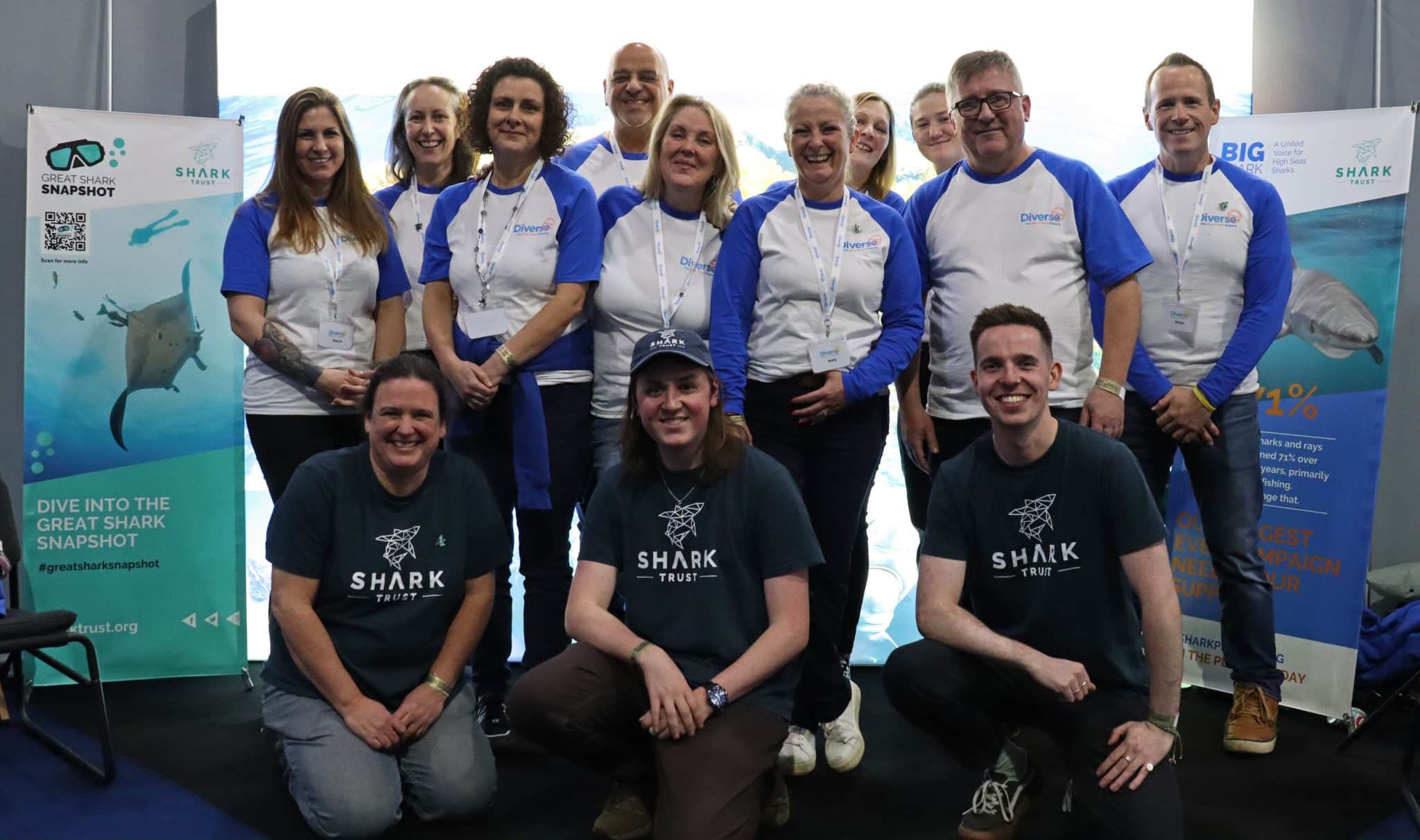
 Corporate Patrons provide a valuable boost to the work of The Shark Trust. The Trust team works globally to safeguard the future of sharks, and their close cousins, the skates and rays, engaging with a global network of scientists, policymakers, conservation professionals, businesses and supporters to further shark conservation.
Corporate Patrons provide a valuable boost to the work of The Shark Trust. The Trust team works globally to safeguard the future of sharks, and their close cousins, the skates and rays, engaging with a global network of scientists, policymakers, conservation professionals, businesses and supporters to further shark conservation.
Specialist tour operator Diverse Travel has operated since 2014 and is committed to offering its guests high quality, sustainable scuba diving holidays worldwide. Working together with the Shark Trust will enable both organisations to widen engagement and encourage divers and snorkellers to actively get involved in shark conservation.
“Sharks are truly at the heart of every diver and at Diverse Travel, we absolutely share that passion. There is nothing like seeing a shark in the wild – it’s a moment that stays with you forever!” says Holly Bredin, Sales & Marketing Manager, Diverse Travel.
“We’re delighted to celebrate our 10th year of business by becoming a Corporate Patron of the Shark Trust. This is an exciting partnership for Diverse and our guests. We will be donating on behalf of every person who books a holiday with us to contribute towards their vital shark conservation initiatives around the world. We will also be working together with the Trust to inspire divers, snorkellers and other travellers to take an active role – at home and abroad – in citizen science projects and other activities.”
Paul Cox, CEO of The Shark Trust, said:
“It’s an exciting partnership and we’re thrilled to be working with Diverse Travel to enable more divers and travellers to get involved with sharks and shark conservation. Sharks face considerable conservation challenges but, through collaboration and collective action, we can secure a brighter future for sharks and their ocean home. This new partnership takes us one more valuable step towards that goal.”
For more information about the Shark Trust visit their website here.
For more about Diverse Travel click here.
Marine Life & Conservation
Shark Trust Asks Divers to help with Shark Sightings this Global Citizen Science Month
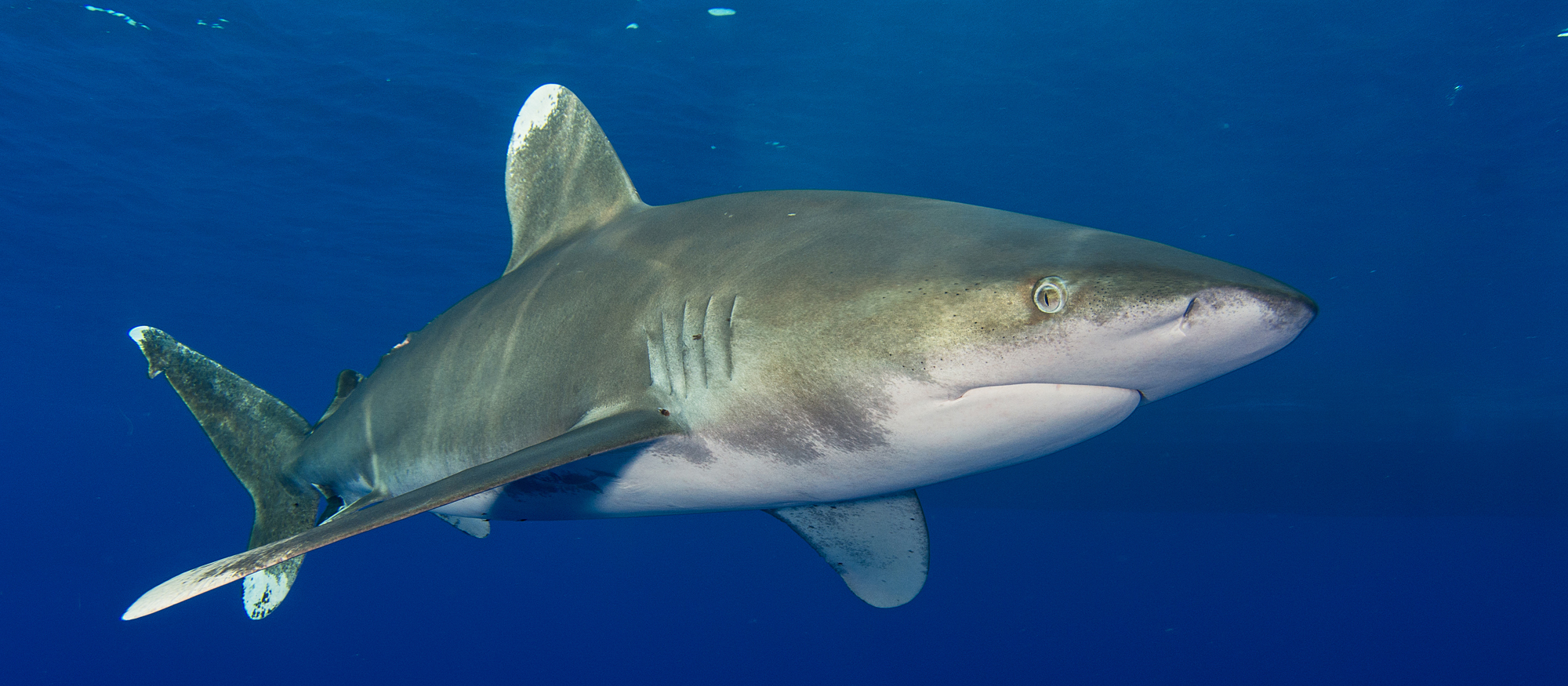
 Whether you are stuck for ideas of what to do with the kids or are off on the dive trip of your dreams. You can get involved in Citizen Science Month and help the Shark Trust by providing vital data about sharks are rays both close to home and further afield.
Whether you are stuck for ideas of what to do with the kids or are off on the dive trip of your dreams. You can get involved in Citizen Science Month and help the Shark Trust by providing vital data about sharks are rays both close to home and further afield.
In addition to reporting the sharks and rays you see on your dives, the eggcases you find on the beach, the Shark Trust is looking for some specific data from divers who are asked to report any Oceanic Whitetip and Basking Sharks.
Oceanic Whitetip Sharks
The Shark Trust are looking specifically for Oceanic Whitetip Shark sightings over the coming weeks and months. So, if you are diving anywhere in the world, please report your sightings via the website or app.
Website: https://recording.sharktrust.org/
App: Search The Shark Trust in your app store
The Oceanic Whitetip. Known for their incredibly long dorsal and pectoral fins, this species was once the most abundant oceanic-pelagic species of shark on the planet.
Large and stocky, they are grey or brown above, and white below and famous for their huge rounded first dorsal fin and paddle-like pectoral fins. The fins also highly prized within the shark fin trade. Whilst they are mostly solitary, Oceanic Whitetips do occasionally hunt in groups.
An inquisitive species, they were easy prey for fisheries. Combined with their low reproductive rate, they were inevitably at high risk of population depletion. And declines of up to 99% have been reported in certain sea areas. They are listed as Critically Endangered on the IUCN Redlist (2019).
Conservation efforts to discourage further declines include listing on CITES Appendix II and CMS Appendix I. They’re also the only species prohibited from take by all the Tuna RFMOs (Regional Fisheries Management Organisations). However, these measures do not mean that Oceanic Whitetips are not still caught – whether targeted or as bycatch – in some parts of the world. With populations declining at such a high rate, effective implementation of management measures is essential to ensure that the species can recover.
If you are lucky enough to get an image of an Oceanic Whitetip and you record your sighting on the Shark Trust app or website YOU CAN WIN! All images submitted with sightings, that also give consent to use in conservation messaging, will be in with a chance to win an Oceanic Whitetip T-shirt and mug. The competition will run until the end of “Shark Month” in July – so keep those sightings (and images) coming in.
Basking Sharks
Basking Shark (Cetorhinus maximus) season is upon us, and the Shark Trust is asking everyone to keep an eye out for these majestic giants over the summer months. If you see any, you can record your sighting to the Basking Shark Sightings database.
Each year, these mighty fish return to British waters to feed on plankton. You may see one, (or a few if you’re really lucky) from around April-October. They can be seen feeding at the surface of the water, where they look like they’re basking in the sun. Thus, their name!
Sighting hotspots around the British Isles include southwest England, Isle of Man, north coast of Ireland, and western Scotland. The Sea of the Hebrides is the most prolific sightings area in Scotland, but they have been spotted all around the coast and have even ventured into some of the sea lochs. The Shark Trust has received thousands of sightings since the Basking Shark project began, but more data is needed to truly understand what is going on with population numbers and distribution. You can help by recording your sightings this summer.
Great Eggcase Hunt
The Shark Trust has an Easter Egg Hunt with a difference for you to try. Take part in the Great Eggcase Hunt and get involved with a big citizen science project that helps shark, ray and skate conservation. And it’s an enjoyable activity for all the family.
The Shark Trust also want snorkellers and divers to record their underwater eggcase findings. Underwater records help pinpoint exactly where sharks and skates are laying their eggs and can help link to beach records. Learning the depth and substrate that they lay on also helps better understand the species.
Find out more: https://www.sharktrust.org/great-eggcase-hunt
Whether you are diving, snorkelling or exploring on the beach you can take part in Citizen Science Month and get actively involved in shark and ray conservation. Find out more: www.sharktrust.org
-

 News3 months ago
News3 months agoHone your underwater photography skills with Alphamarine Photography at Red Sea Diving Safari in March
-

 News2 months ago
News2 months agoCapturing Critters in Lembeh Underwater Photography Workshop 2024: Event Roundup
-

 Marine Life & Conservation Blogs2 months ago
Marine Life & Conservation Blogs2 months agoCreature Feature: Swell Sharks
-

 Blogs1 month ago
Blogs1 month agoMurex Resorts: Passport to Paradise!
-

 Gear News3 months ago
Gear News3 months agoBare X-Mission Drysuit: Ideal for Both Technical and Recreational Divers
-

 Blogs2 months ago
Blogs2 months agoDiver Discovering Whale Skeletons Beneath Ice Judged World’s Best Underwater Photograph
-

 Gear Reviews2 months ago
Gear Reviews2 months agoGear Review: Oceanic+ Dive Housing for iPhone
-
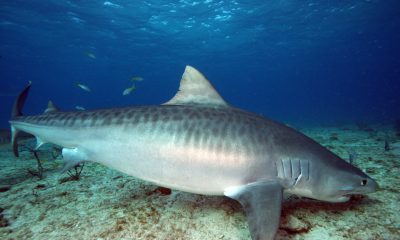
 Blogs3 months ago
Blogs3 months agoThe Thrilling Encounter with Tiger Sharks at Beqa Lagoon’s ‘The Colosseum’ with Coral Coast Divers



